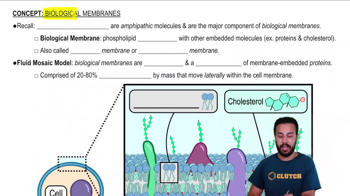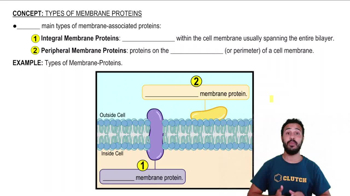Textbook Question
Which of the following is true of unsaturated fats?a. They are more common in animals than in plants.b. They have double bonds in their fatty acid chains.c. They generally solidify at room temperature.d. They contain more hydrogen than do saturated fats having the same number of carbon atoms.
4101
views






